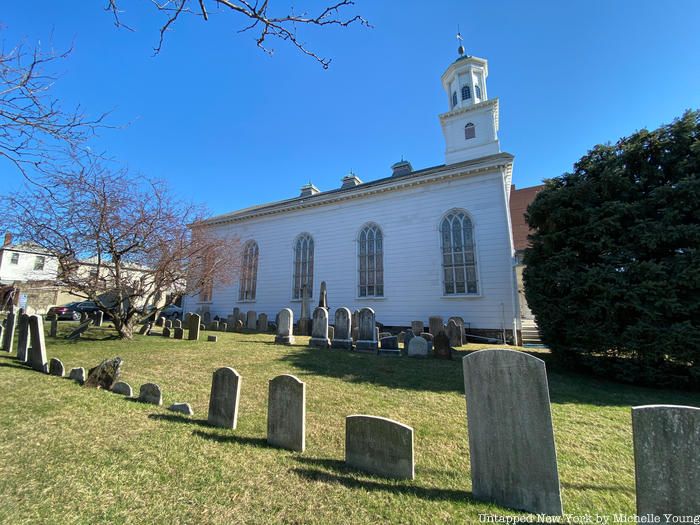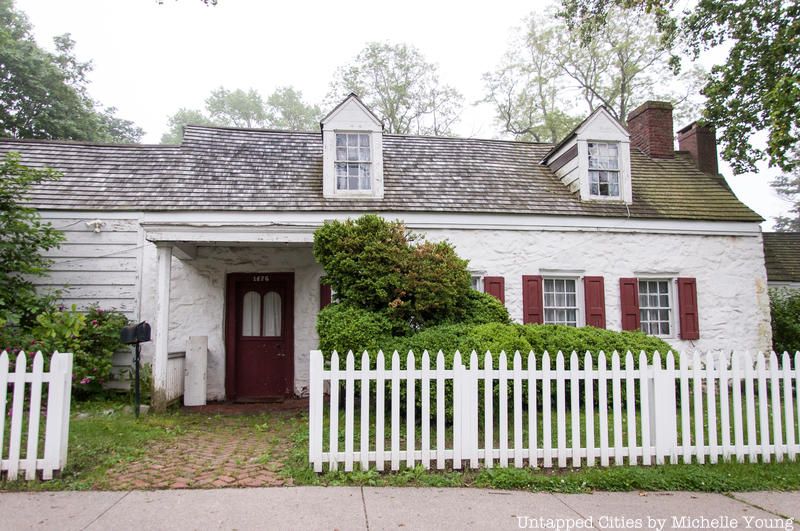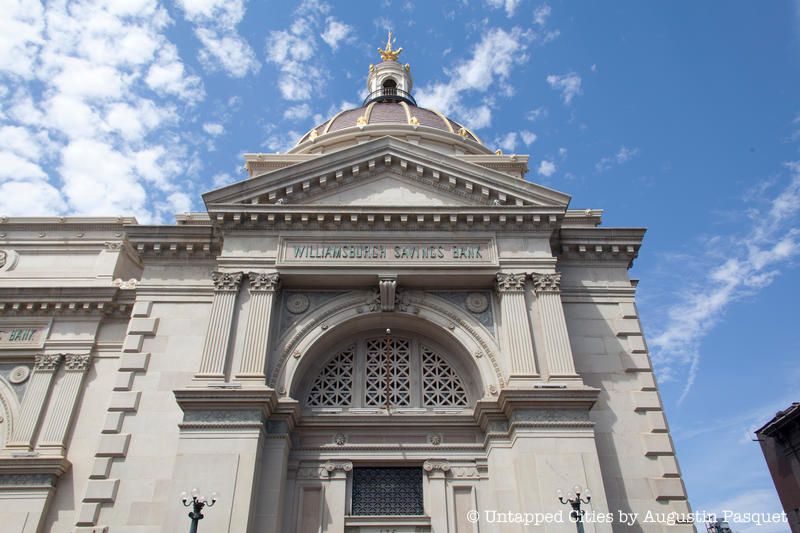Last Chance to Catch NYC's Holiday Notalgia Train
We met the voices of the NYC subway on our nostalgia ride this weekend!


Today, New York City’s five boroughs contain about 8.4 million people, making it the most populous city in the United States. Yet, when New York was first founded by the Dutch as New Amsterdam in the 1620s, only 270 people lived there, and only 2,500 people lived there during the peak of the colony. In 1691, a law was passed stating that New York City would be the entirety of Manhattan. It wasn’t until 200 years later that New York City’s boroughs would be consolidated into one city on January 1, 1898, with the act of legislature approving this consolidation being passed today, May 4, 1897.
At the time of New Amsterdam, Brooklyn was also settled by the Dutch and soon after became the Town of Brooklyn. By 1834, Brooklyn became its own city and was in what is today Downtown Brooklyn. The 1890 Census determined that Brooklyn was actually the fourth-largest city in the United States at the time. Efforts were made in 1857 to try to consolidate the region surrounding New York City, which at the time was just Manhattan, yet little was accomplished until the 1890s.

Prior to the creation of the City of Greater New York, which consolidated the City of New York with Brooklyn, Staten Island, and western Queens, the City and County of New York annexed the Bronx in two different parts. In 1874, the area west of the Bronx River became known as the Annexed District, while the area east of the Bronx River was annexed to New York City in 1895. The Bronx would reunite into its own borough in 1898, and in 1914, Bronx County was established.

Additionally, Queens was not its own borough but rather one of the original twelve counties of New York, comprised of the City of Long Island City and the towns of Newtown (now Elmhurst), Flushing, Jamaica, Hempstead, Oyster Bay, and North Hempstead. The latter three towns would secede to form Nassau County a year later on January 1, 1899.
Staten Island also did not become a borough until 1898 and was until 1975 referred to as the Borough of Richmond. Richmond County pre-consolidation consisted of the towns of Castle, Middletown, Southfield, Westfield, and Northfield, and Staten Island was also a significant island of the American Revolutionary War as most of its residents were Loyalists. Although the borough did become part of New York City, the county sheriff continued to control the island’s jail system, unlike the other four boroughs.

The city’s consolidation efforts were led by Andrew Haswell Green, the President of the Greater New-York Commission and the “father of Greater Neck York.” Edward Robb Ellis in his book The Epic of New York City: A Narrative History considers Green “the city’s nineteenth-century Robert Moses.” As the city’s comptroller, Green was responsible for planning the American Museum of Natural History and the New York Zoological Society, as well as serving as President of the Central Park commission. According to Green, New York needed to be consolidated because “nature grouped together in close indissoluble relation, at the mouth of a great river, our three islands, Manhattan, Long, and Staten.”
Green faced opposition in his fight to consolidate New York into the five boroughs. According to Ellis, Brooklyn residents preferred their more relaxed lifestyle to the bustling nature of Manhattan, and many people believed that undeveloped areas of the city would increase tax burdens as more industrial projects went into effect. Additionally, those upstate feared a “metropolis” downstate that would dominate New York politics and the economy. Even the Brooklyn Daily Eagle ran articles protesting consolidation since it would ruin the homogeneity of New York’s Protestantism, fearing the rise of ethnic and racial minorities.

Yet Green asserted that the separation of these boroughs was rather costly, as each county’s individual economies would struggle keep up with industrialization efforts, and citizens especially in Queens and Staten Island would suffer from restrictions imposed by smaller governments. As a result of consolidating, residents would pay lower taxes and lower interest rates on mortgages, as well as better job opportunities and infrastructure.
Following many efforts to convince people to vote “For Consolidation” in newspapers and advertising campaigns, the City of Greater New York was formed, and New York’s five boroughs were established. Each borough could elect its own president, but Robert Anderson Van Wyck became the first post-consolidation Mayor of New York from 1898 to 1901.

Many remnants of New York’s pre-consolidation past still remain today, such as Flushing’s Town Hall, the Brooklyn Bridge and the Croton Aqueduct. Since the enlarged city contained a majority of the state’s population, new regulations were put into effect so that the state had some oversight within the city to prevent New York City from becoming too powerful.
Since New York City’s consolidation, the boroughs have mostly cooperated with one another and have united into the most populous and perhaps most well-known city in the United States. Despite this, however, Staten Island tried to secede from the city in the 1990s to become its own city and county. The State Assembly blocked secession efforts, yet 65 percent of Staten Island residents actually voted to secede. The borough demanded the closing of the Fresh Kills Landfill and also pushed for the Staten Island being free, but Mayor Rudy Giuliani led efforts to complete both demands. City councilman Joe Borelli announced in 2019 that he would introduce another set of bills to see if secession is possible.
Next, check out How the 5 Boroughs Got Their Names
Subscribe to our newsletter